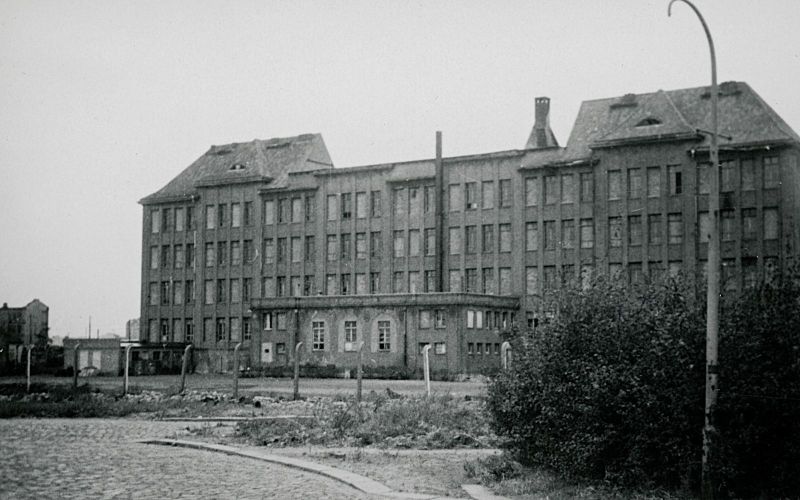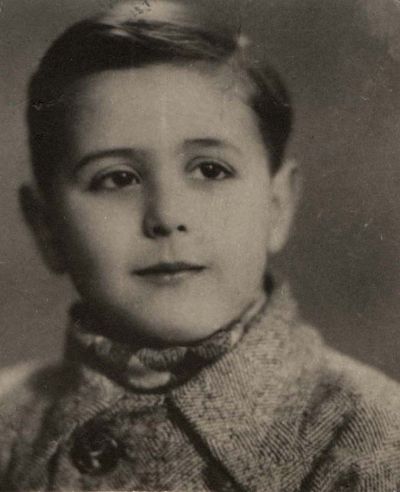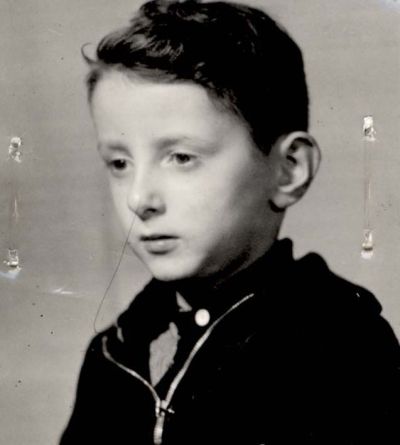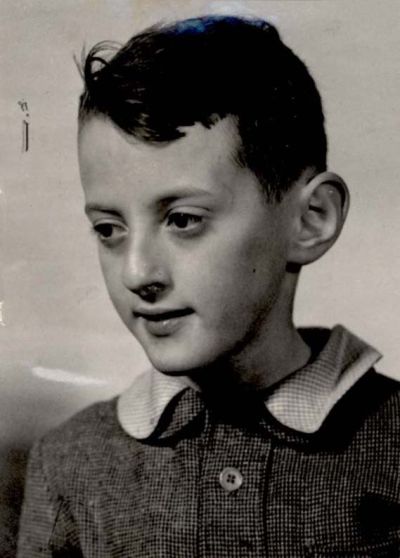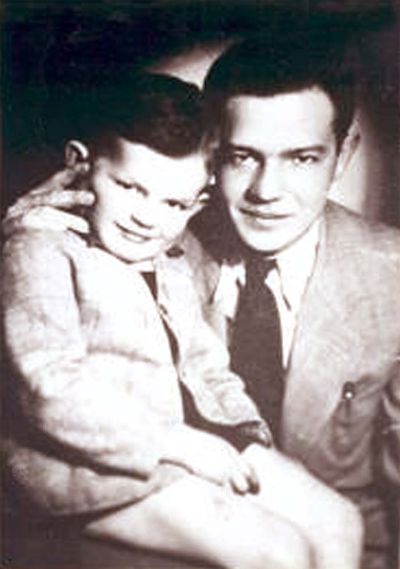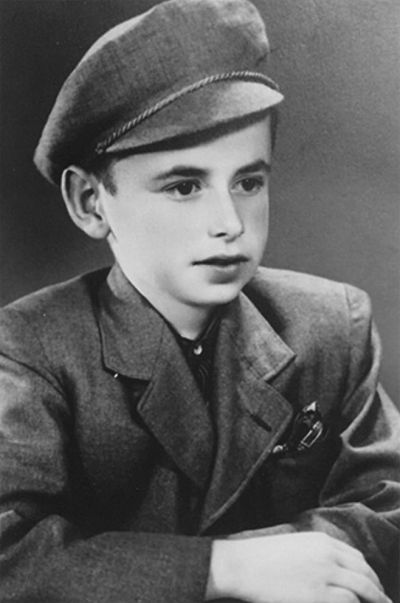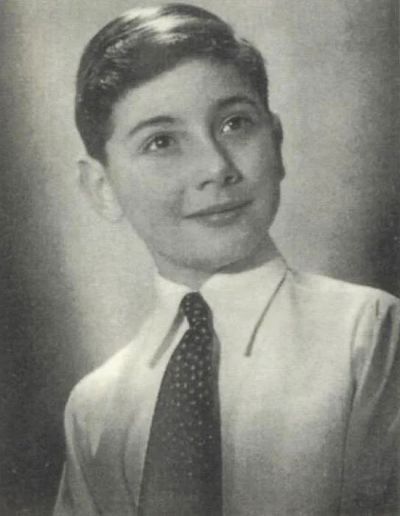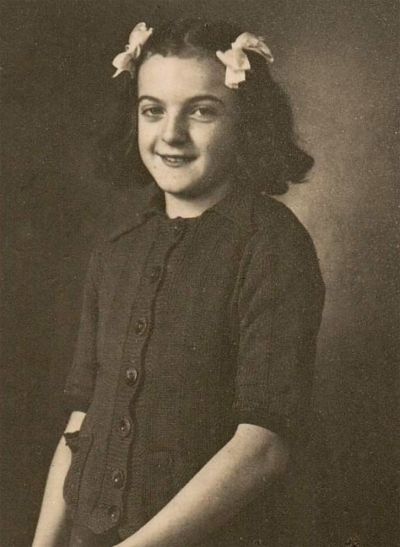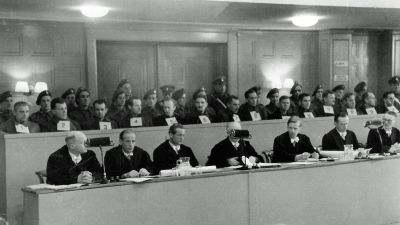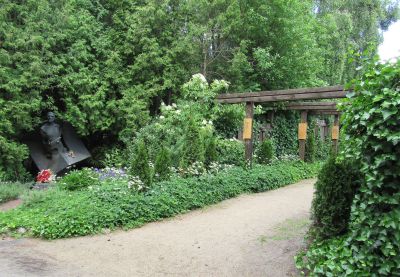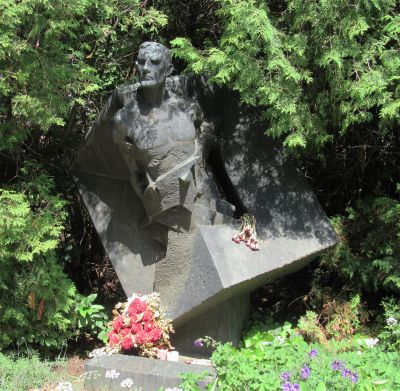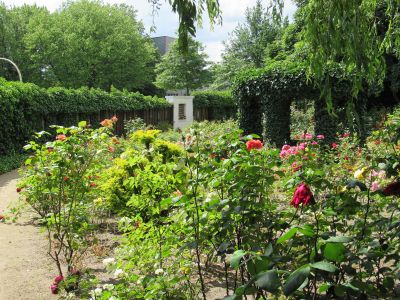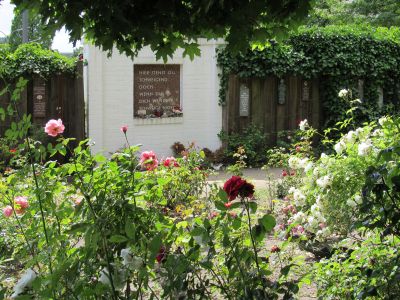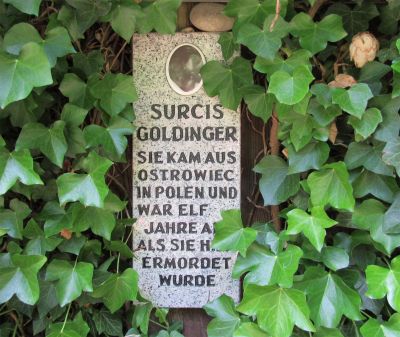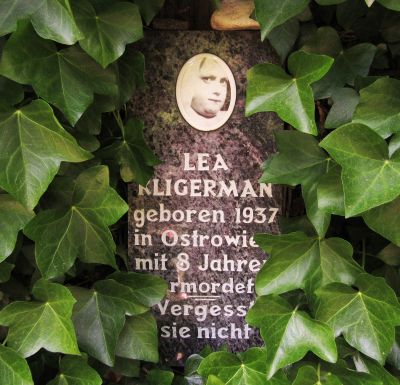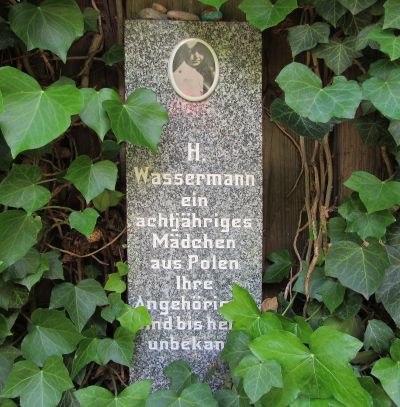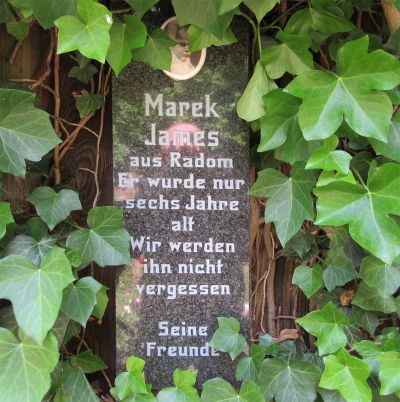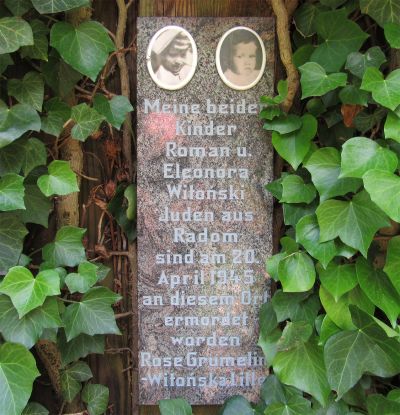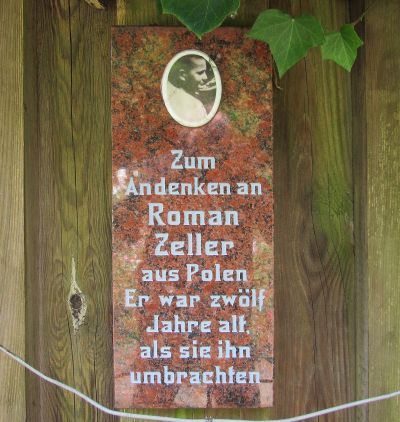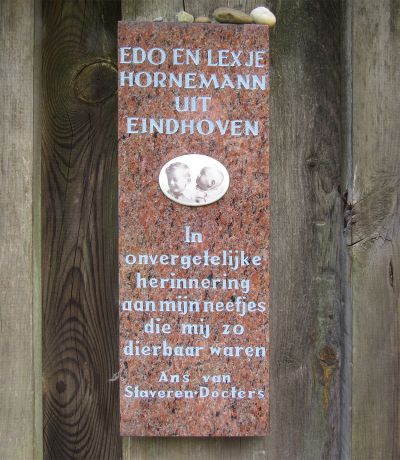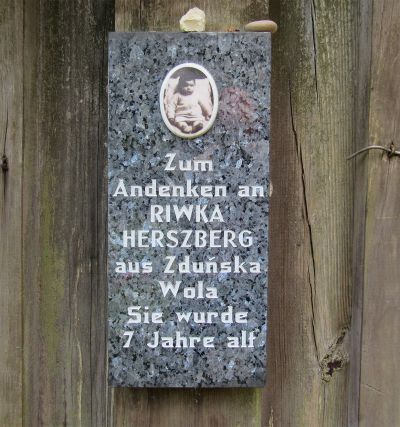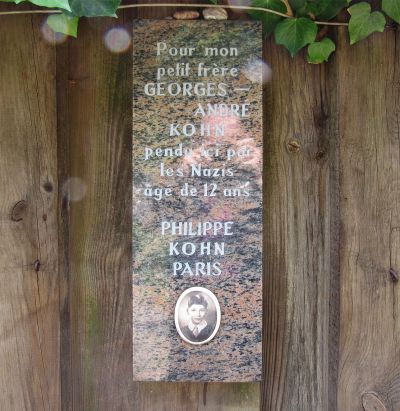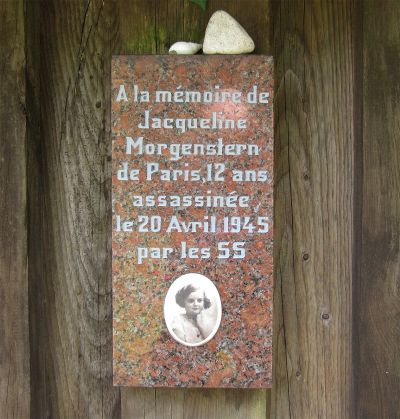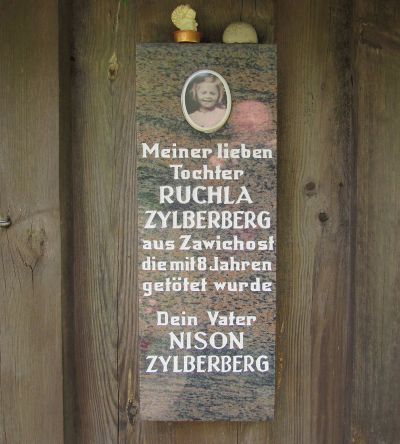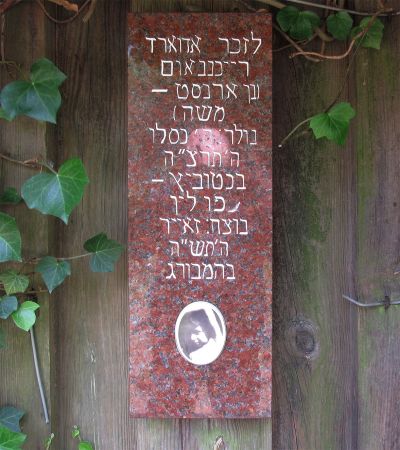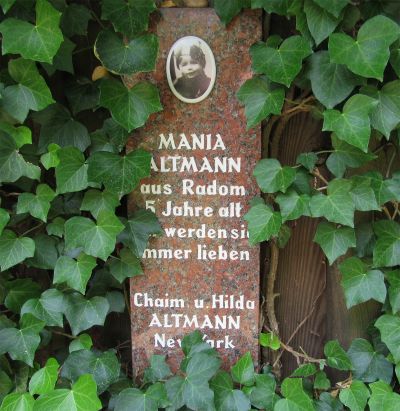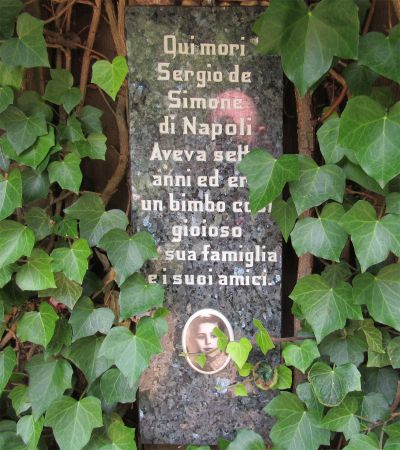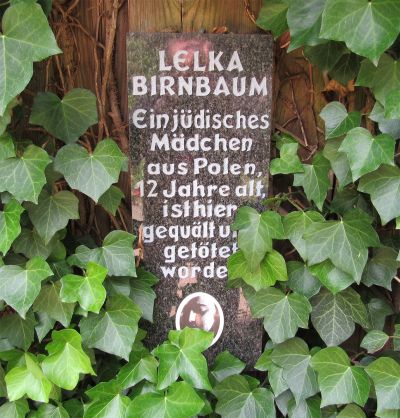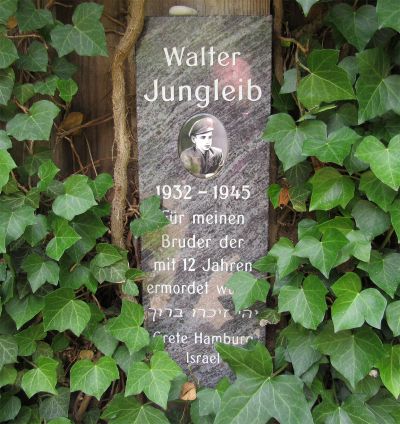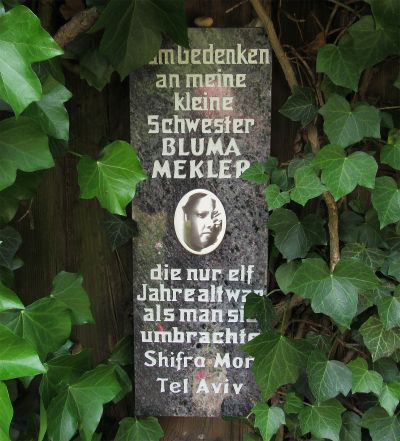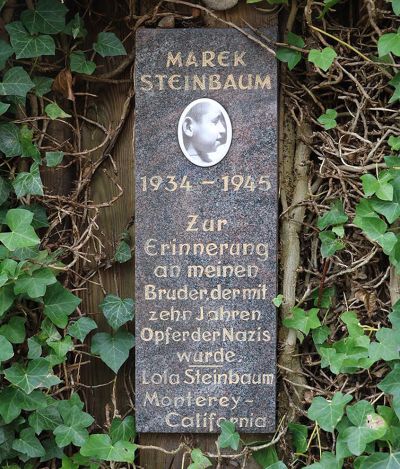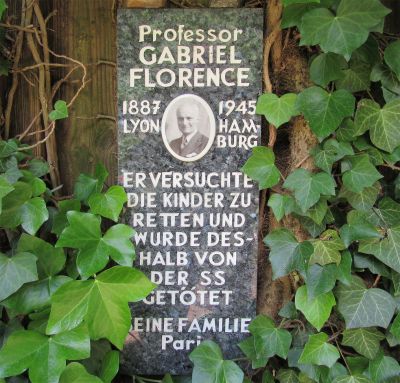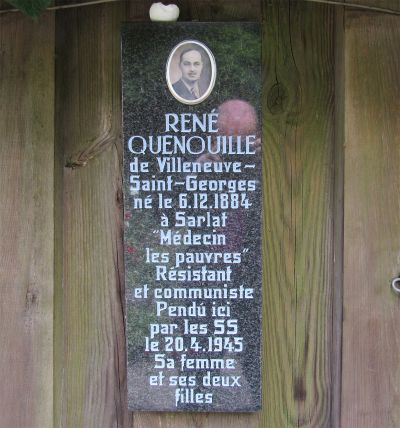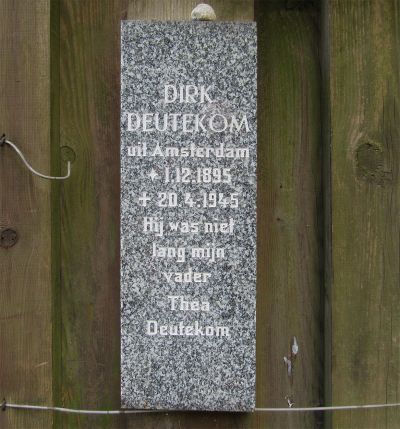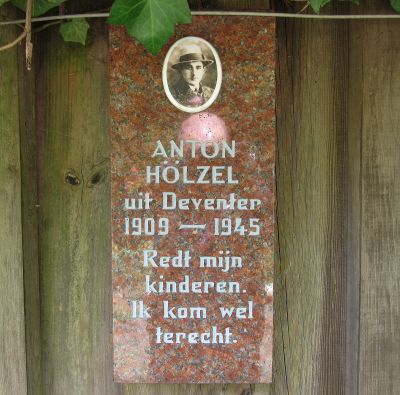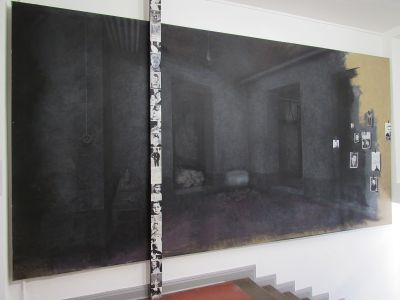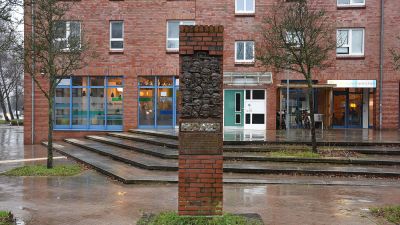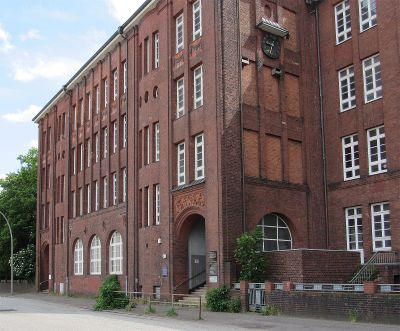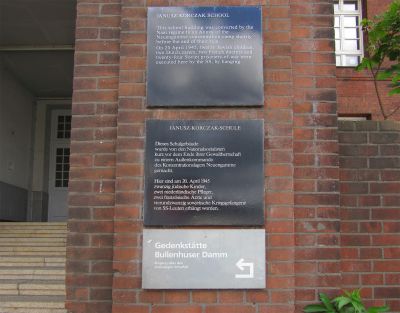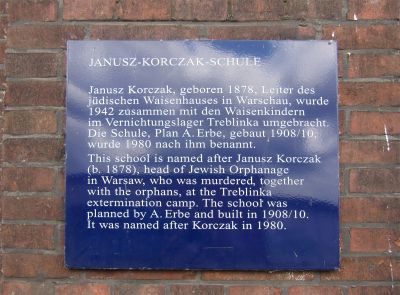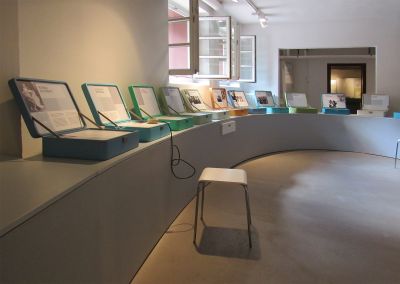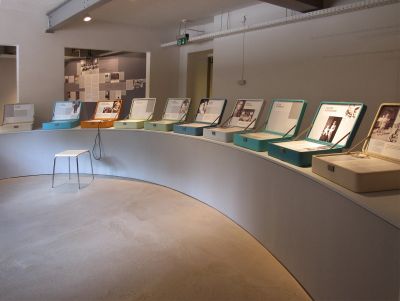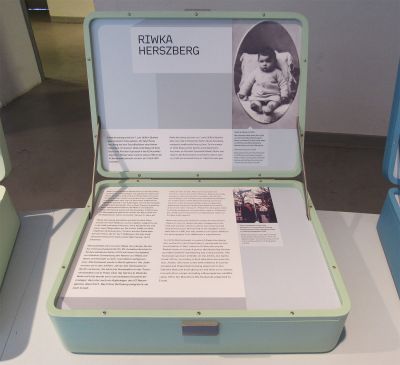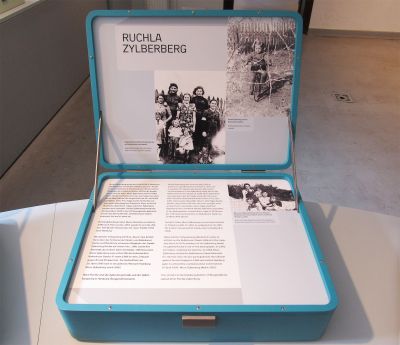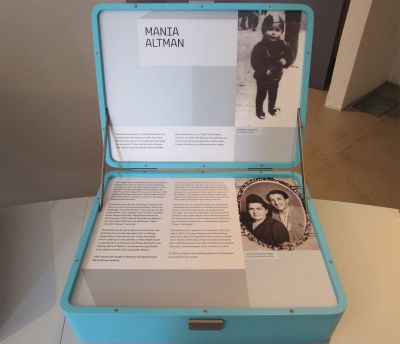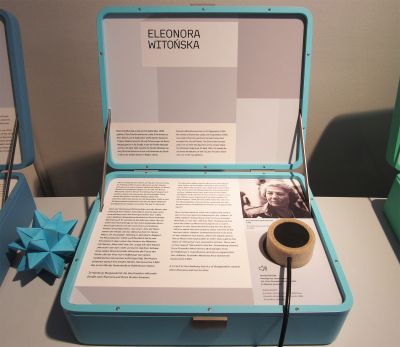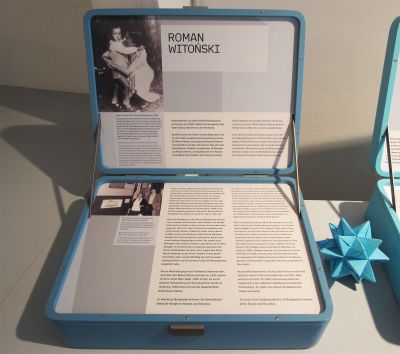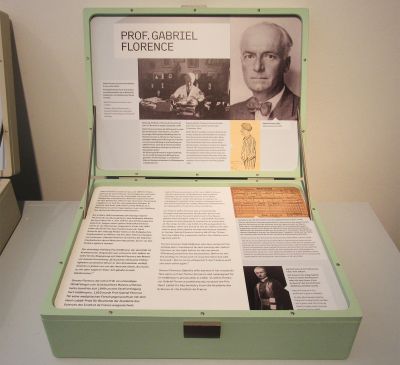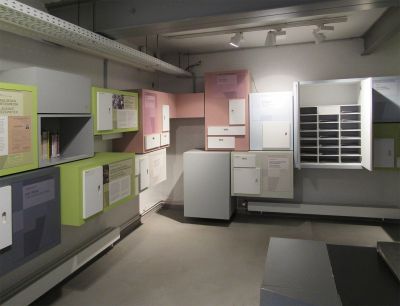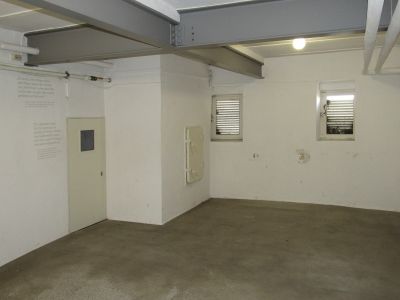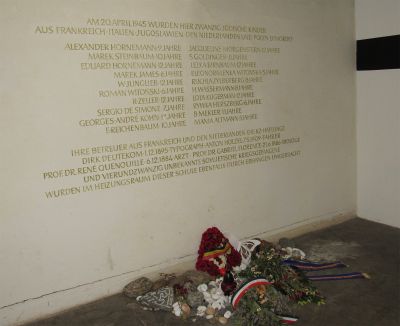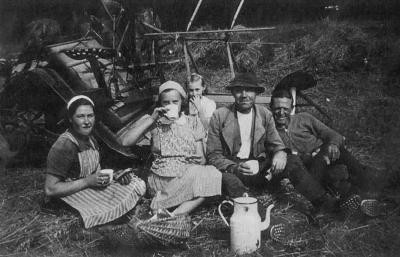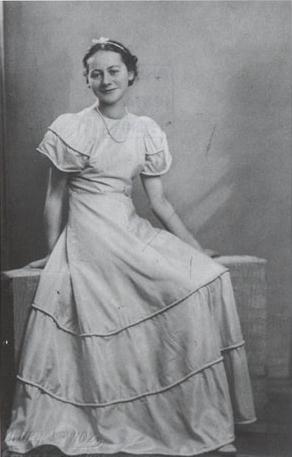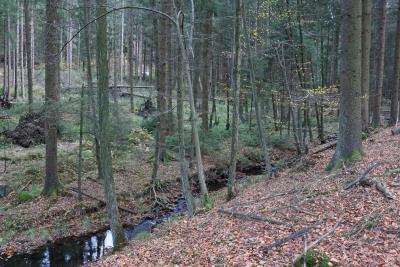The children of Bullenhuser Damm
Mediathek Sorted

The murder of the children, their caretakers, and the Soviet prisoners at Bullenhuser Damm
On 19 February 1945, Himmler, who was trying to secure a separate ceasefire with the western Allies, met the vice-president of the Swedish Red Cross, Count Folke Bernadotte, at Hohenlychen in order to negotiate the return of Scandinavian prisoners interned in German concentration camps. According to the agreement, the Scandinavians, most of whom came from Denmark and Norway, were to be brought together in Neuengamme and from there, taken northwards in what later became known as the “White Buses”. On 23 March, the British Second Army crossed the Rhine and advanced towards the north German lowlands. One day later, the clearing of the satellite camps of Neuengamme in the Emsland region began. By the end of the month, they were followed by the satellite camps in Hildesheim, Lengerich, Barkhausen, Lerberg, and Hausberge.[20] On 31 March, Count Bernadotte visited Neuengamme concentration camp, where he was received by the camp commander Pauly[21]. The Scandinavian prisoners were then transferred to Neuengamme from the concentration camps at Buchenwald, Sachsenhausen, Dachau, Ravensbrück, Neubrandenburg, Zwickau, and Theresienstadt via the “White Buses”. On 4 April 1945, the British army units reached the Weser river.
From 14 to 17 April, the satellite camps of Neuengamme, Dessauer Ufer, Blohm & Voss, Spaldingstrasse and Bullenhuser Damm that were situated in Hamburg were cleared. The Bullenhuser Damm satellite camp in a former adult education centre which originally offered thirty classes (see title image) was converted into a concentration camp satellite by the SS in the autumn of 1944 after the Hamburg district of Rothenburgsort had been largely destroyed during a bombing raid on 27/28 July 1943 and the former school building had been damaged. The prisoners who arrived there in December 1944, who came from Poland, Denmark, France and the Soviet Union, were deployed to clear the area and to produce new stones from the rubble. According to the report by Trzebinski, at the end of March 1945, there were 592 prisoners in the camp. From 14 April onwards, the SS began to clear the Bullenhuser Damm satellite camp, where only Ewald Jauch and Johann Frahm from the SS remained. The prisoners were taken to the former Sandbostel prisoner-of-war camp near Bremervörde, which was now used as a collection camp.
On 19 April 1945, the British army units reached the Elbe river. On the same day, the commander Pauly ordered that the main camp at Neuengamme be cleared. All the Scandinavian prisoners were taken to Denmark on Red Cross buses. From 20 to 26 April, the remaining 900 prisoners were transported from Neuengamme to Lübeck. From there, they were sent to the former luxury steamship “Cap Arcona” and the freight ships “Thielbeck” and “Athen”. Given the fact that these ships were very likely to be torpedoed or bombed by the Allies, this amounted to sending the prisoners to their deaths. Around 7,000 were killed when the ships were bombed in the Bay of Lübeck by the Royal Air Force. A residual taskforce of 600–700 men remained at Neuengamme in order to clean up the camp, burn files, and remove the beating rack and gallows. The last prisoners and SS men departed shortly before British troops reached the camp on 2 May 1945.[22] During the seven years of the camp’s existence, at least 42,900 people died there and in the satellite camps. [23]
On the morning of 20 April, the protective custody camp leader (Schutzhaftlagerführer) and SS senior storm leader (Obersturmführer) Anton Thumann, who had previously served at the Dachau, Gross-Rosen, and Majdanek concentration camps, approached Trzebinski and said: “... I have something to tell you that is not exactly pleasant. Pauly wishes to let you know that an execution order has been issued by Berlin for the caretakers and the children, and that you are requested to kill the children using gas or poison”.[24] By this point in time, Heißmeyer had not visited Neuengamme for six weeks.[25] Trzebinski, who – if his later statement is to be believed – initially refused, was summoned that afternoon to Pauly, who confirmed that such an order had come from Berlin, and that it was Trzebinski’s duty to comply. During the Curiohaus trial, Pauly claimed on 2 April 1946 that the order had been issued to the doctor on site in the form of a telegraph or radio message. When challenged by the state prosecutor that such an order cannot have been addressed to a doctor, Pauly responded that: “In my opinion, this is not impossible, since the whole matter was a medical one. Trzebinski was always in the company of Professor Heißmeyer”.[26]
[20] Maps of the satellite camps, the clearance transports, and the progress of the front from March 1945, http://media.offenes-archiv.de/zeitspuren_karteraeumung.pdf
[21] See also Odd Nansen: Von Tag zu Tag. Ein Tagebuch, aus dem Norwegischen übertragen … (Fra dag til dag, Oslo 1947), Hamburg 1949; online resource at: Frühe Holocaustliteratur. Digitale Giessener Sammlungen, https://digisam.ub.uni-giessen.de/ubg-ihd-fhl/content/pageview/2781798
[22] See also Detlef Garbe: Die Räumung der Konzentrationslager in Norddeutschland und die deutsche Gesellschaft bei Kriegsende, in: Das KZ Neuengamme und seine Außenlager. Geschichte, Nachgeschichte, Erinnerung, Bildung, published on behalf of KZ-Gedenkstätte Neuengamme by Oliver von Wrochem, Hamburg 2010, page 111–135
[23] The Bullenhuser Damm memorial site in 2011 (see Bibliography), page 8
[24] Curiohaus-Prozess 1969 (see Bibliography), Volume III, page 346, quoted from Schwarberg: SS-Arzt 1997 (see Bibliography), page 45 f; also in: Dossier Täter vor Gericht (see footnote 1)
[25] Schwarberg: SS-Arzt 1997 (see Bibliography), page 45
[26] Max Pauly's statement on 2/4/1946, Curiohaus Trial 1969 (see Bibliography), Volume I, page 335 f., quoted from: Dossier Täter vor Gericht (see footnote 1)

















































































